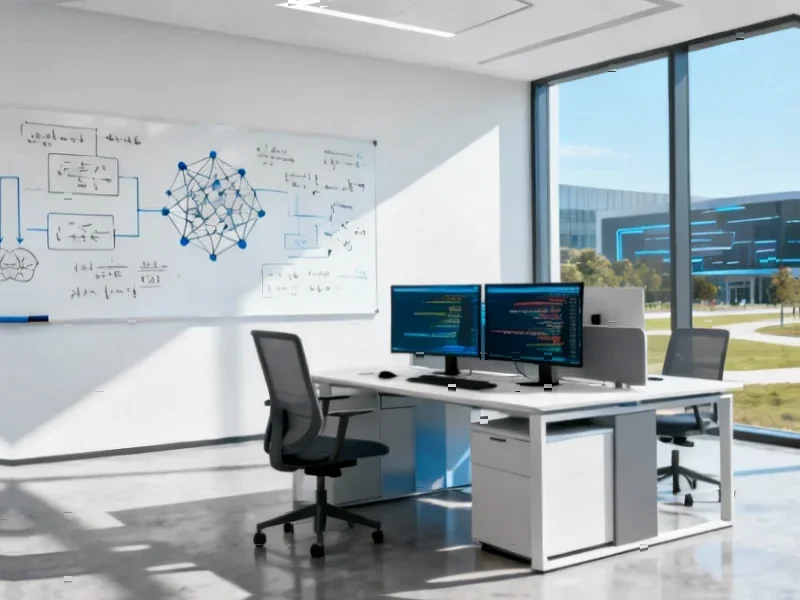According to Thurrott.com, Microsoft AI division leader Mustafa Suleyman has announced the creation of a Superintelligence Team focused on developing Humanist Superintelligence (HSI). The team’s explicit goal is to build practical, problem-oriented AI systems that remain carefully calibrated and contextualized within limits. Suleyman positioned HSI as a direct alternative to Artificial General Intelligence (AGI), outright rejecting the race toward AGI that defines OpenAI’s mission. He emphasized that this approach prioritizes keeping humanity in control while tackling global challenges, describing it as an “urgent challenge” requiring constant alignment with human progress. The announcement represents Microsoft’s latest move to establish its own AI direction separate from its partnership with OpenAI.
The Practical vs Philosophical Divide
Here’s the thing about Suleyman’s announcement – it reads like a direct critique of OpenAI‘s entire philosophy. While OpenAI chases this nebulous concept of AGI where AI matches human performance at all tasks, Microsoft is saying “hold up, maybe we should build something actually useful instead.” Suleyman specifically calls out the “binaries of boom and doom” that dominate AGI discussions, which is basically him saying the current AI debate has become unproductive philosophical hand-wringing.
And you know what? He’s got a point. The whole AGI conversation has become this abstract, almost religious debate while real problems need solving now. HSI sounds like it’s about building AI that actually does something concrete rather than chasing some theoretical intelligence benchmark. It’s the difference between building a tool versus creating a potential successor species.
The Microsoft-OpenAI Tension Grows
Now, this is where it gets really interesting. Microsoft has poured billions into OpenAI and has this very public partnership, yet here’s one of their top AI executives basically saying OpenAI’s entire mission is misguided. That’s not exactly subtle corporate alignment.
But it makes perfect business sense when you think about it. Microsoft can’t be forever dependent on another company for its core AI strategy. They need their own vision, their own technology stack, their own competitive advantage. This HSI push feels like Microsoft planting its flag in the ground and saying “we’re doing AI our way.” The timing couldn’t be more strategic either – right as OpenAI faces increasing scrutiny about its safety practices and commercial direction.
The Eternal Containment Problem
What really stood out to me was Suleyman’s emphasis on constant alignment. He notes that superintelligence can continuously improve itself, so keeping it aligned isn’t a one-time calibration – it’s something that needs to happen “in perpetuity.” That’s a massive technical challenge that doesn’t get enough attention.
Think about it: how do you build systems that can self-improve but remain controllable forever? Most current AI safety research focuses on initial alignment, but Suleyman is talking about perpetual alignment. That’s like trying to build a car that not only drives safely today but will still drive safely after it’s redesigned its own engine while moving at 100 mph. It’s an incredibly ambitious goal that, frankly, we don’t yet have the technical framework to achieve.
What Comes Next?
So where does this leave us? Microsoft is clearly building its own AI future, one that’s more practical and less philosophical than OpenAI’s vision. They’re betting that businesses and governments will prefer AI that solves specific problems over AI that might someday become generally intelligent.
The real question is whether this “humanist” approach can actually deliver results that compete with whatever OpenAI is cooking up. Suleyman’s team has the resources and the talent, but they’re swimming against the current of mainstream AI research that’s still chasing that AGI dream. It’s going to be fascinating to watch which approach wins out – or whether we end up with both coexisting in the market.




